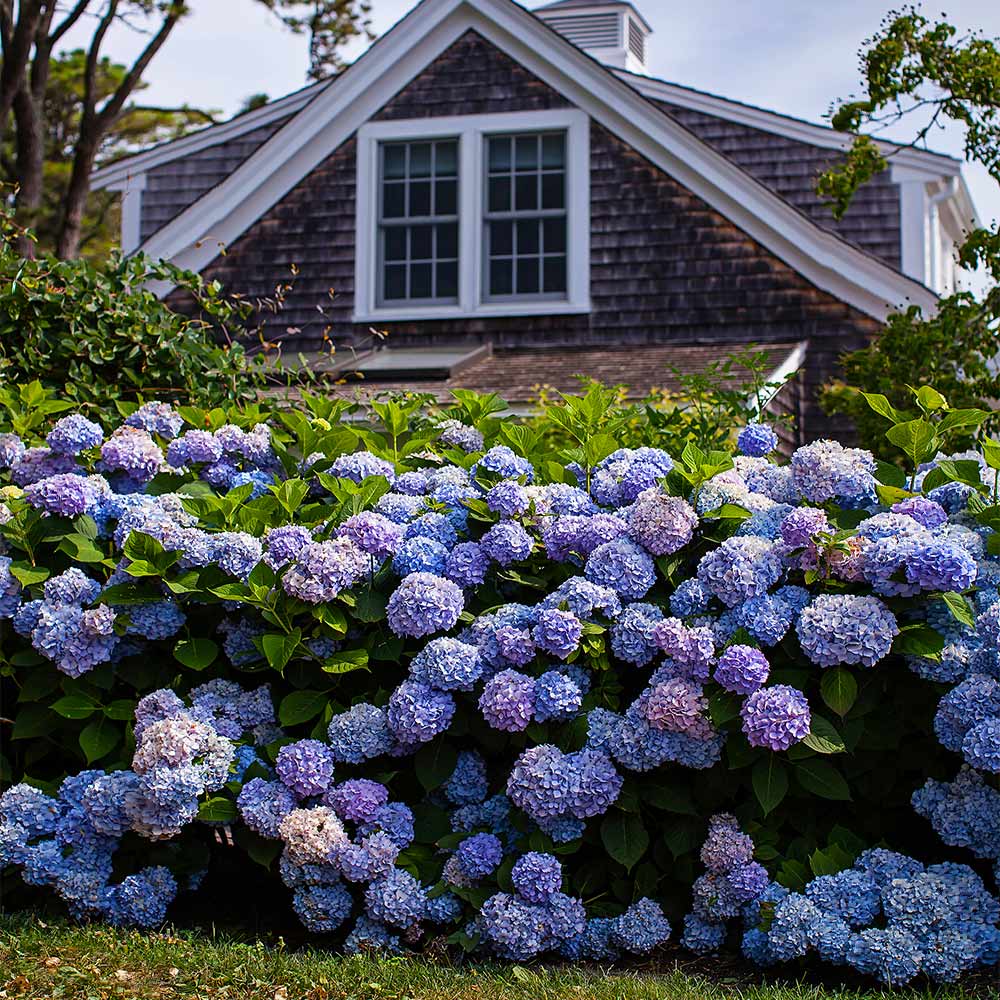Delaware Plants
Filters
Plant Type
Flower Color
Sunlight
Mature Height
Plant Characteristics
Bloom Season
Growth Rate
Indoor Light Requirements
Pollination
Gardening in the First State requires a keen eye for plants and a deep understanding of the state’s two major regions—the Coastal Plain and the Appalachian Piedmont. Once you understand the differences, you’ll be ready to grow a stunning landscape in no time.
Plants in Delaware Care and Growth
Regions: As mentioned above, the state is divided into two growing environments. The Coastal Plain region covers 95% of the state and is known for slow-moving streams and extensive tidal estuaries. The Piedmont covers the remaining 5% of the state and is found in the northernmost corner. Rolling hills and stream valleys characterize its environment.
Soil: One of the crucial differences between the regions is their soil. Soil in the Piedmont tends to be rich and loamy in the valleys and stony on slopes. Meanwhile, the Coastal Plain’s soil is sandy, with a wide drainage range from excessively drained beach sands to poorly drained tidal marshes.
Climate: In addition to two growing environments, the state crosses hardiness zones 7 and 8. This means the average extreme temperature can range from 0 to 15 degrees Fahrenheit. Furthermore, the approximate last frost date is in late April in the southeast and early April in the rest of the state. All this is to say that as a Mid-Atlantic state, Delaware's weather can turn on a dime. It’s not unusual to have warm weather in the winter and early spring, followed closely by periods of extreme cold.
Varieties of Plants in Delaware
Delaware is a fantastic state to grow hardy shade trees, flowering trees, evergreens, fruit trees, and other plants.
If you are looking for fast-growing trees that thrive in the state, try October Glory, Scarlet Red, and Crimson King Maples. We suggest the robust Hybrid Poplar and the romantic Weeping Willow for shade from the summer sun. To add a pop of color, plant a Dogwood, Tulip Poplar, or Yoshino Cherry.

For more privacy, plant an evergreen screen. Popular varieties include Thuja Giant or Leyland Cypress. What’s more, not only will you keep out prying eyes, but you’ll also have year-round interest.
Keeping it local is also a fantastic option. Native trees in Delaware to consider include the Silver Maple, River Birch, Eastern Redbud, or Sweetgum. You can even plant Delaware’s state tree, American Holly.
Numerous flowers and shrubs will do well in The Diamond State. We love to recommend Limelight Hydrangea, The Original Endless Summer Hydrangea, and Frost Proof Gardenia.

Perennials we endorse for the state are Geranium Rozanne, Phenomenal Lavender Plant, Russian Sage, and Goldstrum Black-Eyed Susan.
Hardy annuals can add a fun twist to your yard, enabling you to change your landscape every year and show off your creativity. Queen Anne’s Lace, Bachelor Buttons, and several varieties of poppies (Iceland and Shirley) make excellent cold-weather annuals.
Common Questions about Delaware Plants
What planting zone is Delaware?
According to the USDA, The First State crosses zones 7 and 8. More specifically, the state is divided into subzones 7b and 8a. Subzone 7b’s average extreme winter temperature is between 5 and 10 degrees Fahrenheit. The average extreme winter temperature in 8b is between 10 and 15 degrees.
But what is the planting zone you live in? The vast majority of the state is in subzone 7b, including Bear, Dover, Newark, Middleton, and Wilmington.
When to plant flowers in Delaware?
The best time to plant flowers is in the spring, after the last frost date. Generally speaking, this is going to be sometime in April. However, there is no single frost date for the entire state. It’s best to use a resource like Old Farmer's Almanac or the National Gardening Association to pinpoint your area’s specific frost date. We’ve compiled the frost date for a few of Delaware's major cities below.
Bear: April 12
Dover: April 4
Newark: April 7
Middleton: April 14
Wilmington: April 7
What fruit trees grow in Delaware?
Growing a fruit tree in Delaware isn’t tricky. You can grow apples, pears, peaches, plums, and figs. Just remember you’ll need a variety that can withstand the cold. For instance, Crimson Crisp, Enterprise, and Gold Rush apples do well in the state. When planting pears, make sure they have fire blight resistance. A few pear trees to look at are Sunrise, Blake's Pride, Seckel, Magness, Potomac, and Asian pears (Kosui, Olympic, Shinko, and Shinsui).





































































































































































































































































